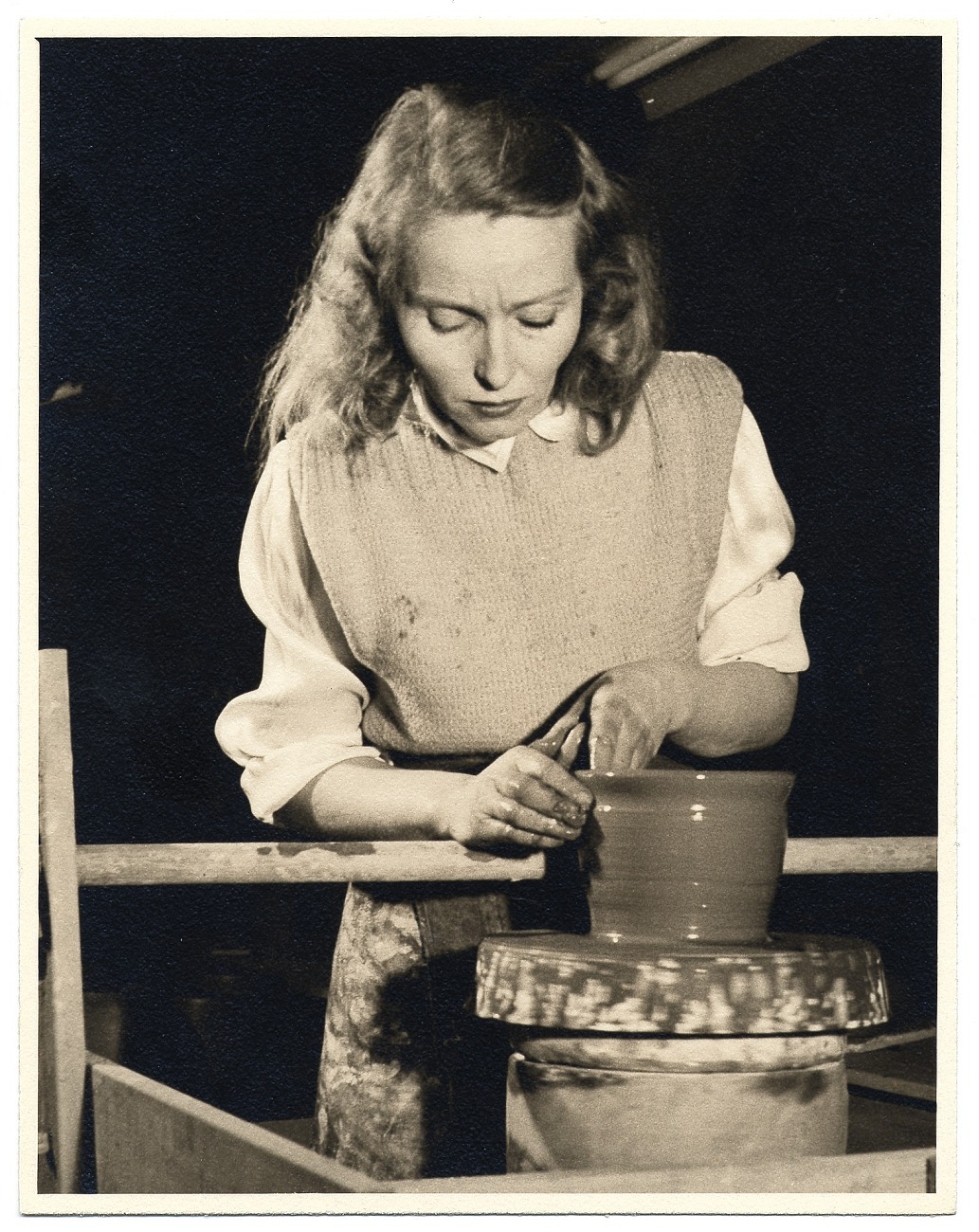
Emily Carr was born in Victoria, BC, in 1871
to a settler family from England. She studied at the San
Francisco Art Institute (the school that Edith Heath would
later attend) from 1890 to 1893, and later at the Westminster
School of Art in London and the Académie Colarossi in Paris.
While in France, she was influenced by the Fauvists’ vibrant
colour palettes and sensorial responses to nature, and she
incorporated these techniques into her own work. Carr’s
radical new style was not well received when she returned to
Vancouver in 1912. Without support for her work, she earned a
living by running a kennel and building a small boardinghouse
referred to as “The House of all Sorts;” Carr’s experiences
would later become a collection of stories, first published in
1944, that won her recognition for her writing. By that time,
awareness of Carr’s painting had grown, due in part to her
association with the Group of Seven. The works selected for
this exhibition and publication date from the 1930s. They
emerged after a long hiatus from painting when Carr, inspired
by a reinvigorated engagement with the forest, initiated a
fruitful period of intense experimentation with new materials
and techniques.

Edith Heath was born in Ida Grove, Iowa, in 1911 to a settler family from Denmark. She was trained as a teacher and studied at the School of the Art Institute of Chicago in the mid-1930s. She moved with her husband, Brian, to San Francisco in 1942 and studied ceramics at the San Francisco Art Institute (formerly California School of Fine Arts) for two years. While studying, Heath also taught art at a progressive cooperative school. During this period, the Heaths spent weekends exploring clay pits in California, and Edith Heath conducted independent research on clays, glazes and their chemistry. This commitment to place and process shaped her practice for the remainder of her life. The works selected for this exhibition and publication date from Heath’s early professional career, from the mid-1940s through the late-1950s, and document a period of rapid artistic evolution. In 1951, she began her annual summer journeys to Vancouver, first to teach ceramic design and chemistry at the University of British Columbia, and then as a summer pilgrimage that also included a stop at the legendary International Design Conference in Aspen, Colorado. Like many of the other progressive thinkers and makers who participated in that annual event, she would leave a lasting impression on the field of design.